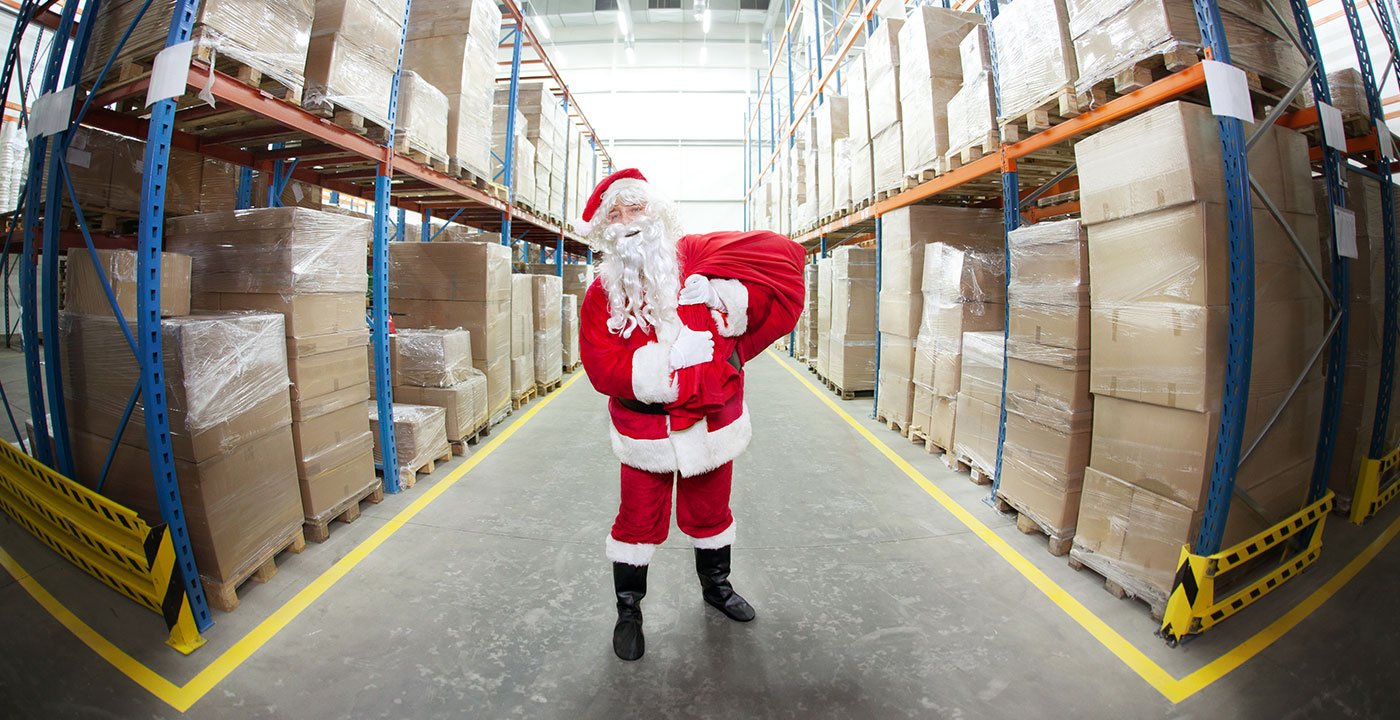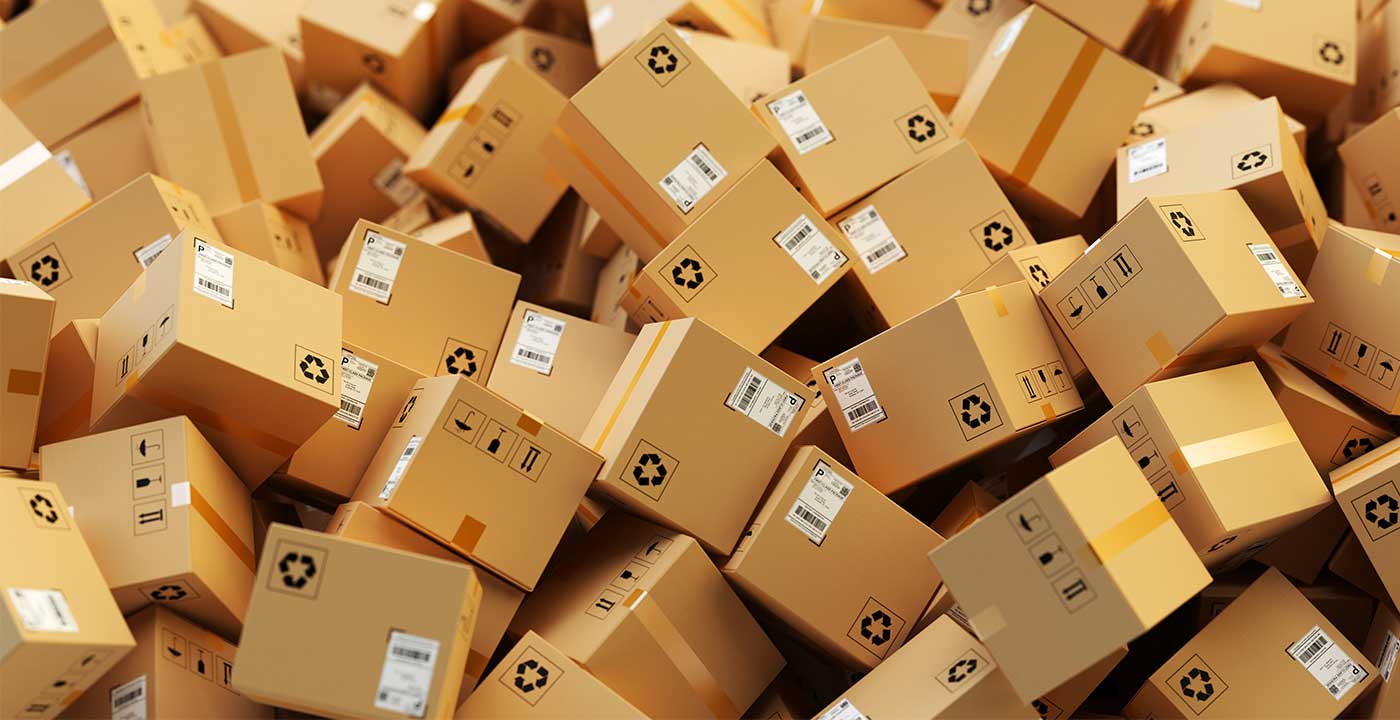Do you ship to or from Canada? If so, you know there’s no shortage of paperwork and shipping rules involved when shipping across the U.S.-Canada border. In fact, it can be easy to miss something - and many shippers do. How can you avoid common cross-border shipping mistakes when moving goods to and from Canada? Here are five tips to get you started.
(1) LIST THE CUSTOMS BROKER REPRESENTING THE IMPORTER
When you don’t indicate the customs broker, your carrier must do extra work to find the appropriate customs broker. Your shipment will be delayed until the carrier confirms the customs broker.
(2) INCLUDE ALL REQUIRED CUSTOMS INFORMATION
The commercial invoice must contain a good description of the goods, seller, buyer (and shipper and consignee if different from seller and/or buyer), quantity, weight, proper shipment value (goods must be declared for their true value, even if it is for customs purposes only), currency of sale (USD or CDN) and country of origin of each product.
Importers frequently mistake country of origin as the country from where the goods were shipped or the country where simple assembly of goods took place. Simple assembly such as packing, painting, or washing of parts does not determine the country of origin as the good has to meet substantial transformation to be considered the country of origin.
(3) WORK WITH CARRIERS THAT MEET AEO GUIDELINES
Authorized Economic Operator (AEO) programs, which meet the World Customs Organization security standards, allow cross-border carriers to ensure better shipment security and less customs delays. Averitt, for example, is certified in CTPAT and PIP programs and requires its partner carriers to have the same requirements, to keep shipments secure and on the move during the cross-border process.
(4) USE SERVICE PROVIDERS THAT KNOW THE COUNTRY
Many carriers sacrifice service in the name of coverage. They might say they offer service direct to Canada, but truth be told, it’s often in a limited capacity because they operate in only a few of the largest cities.
(5) FILL OUT USMCA CERTIFICATE OF ORIGIN ACCURATELY
Correctly completing a USMCA Certificate of Origin can be confusing for those who have never done it before or do not understand the requirements of each field. The USMCA Certificate of Origin must be completed and certified by an authorized signatory of the producer or exporter of the goods who has enough knowledge of the information provided in all fields.
Frequently, brokers are faced with informing their clients of inaccuracies made when completing a USMCA Certificate of Origin. An incomplete or incorrectly completed certificate invalidates the ability to claim the lower preferential rate of duty that would have been awarded with a valid certificate.
ship with a reliable cross-border partner
Shipping freight across the border with Canada doesn't have to be complicated. Whether you're moving products to or from Canada, partner with a transportation provider that has cross-border experience. Averitt, for example, delivers over 50 years of industry experience, including handling less-than-truckload and truckload freight across the borders with Canada and Mexico. Our team has streamlined the cross-border shipping process to deliver the most reliable transit times and professional service the industry has to offer.
Watch This Short Video To Learn About Our Canada Shipping Solutions











